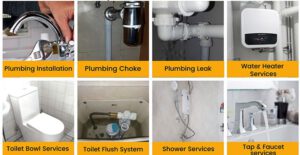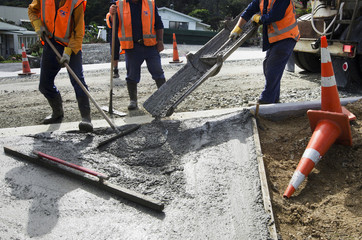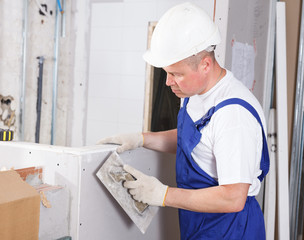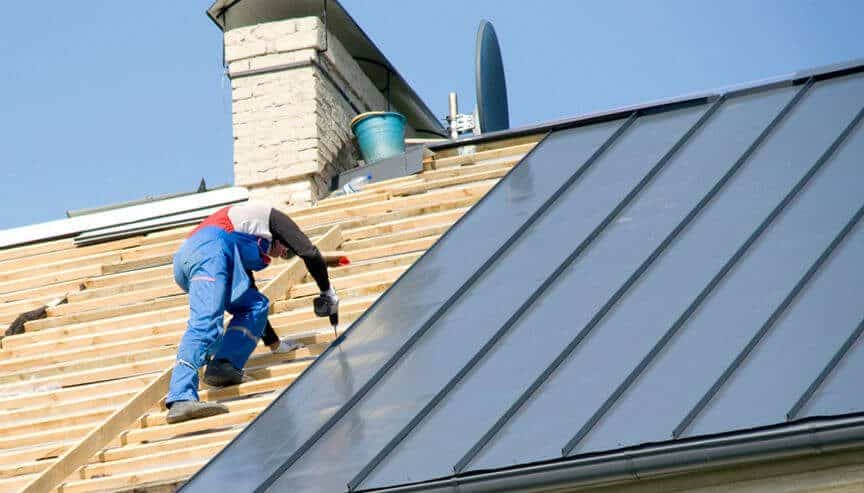If you suspect you have a mold problem in your home, you should seek professional help. In some cases, your homeowner’s insurance may cover the costs of mold remediation. However, if you’ve had a leak or water damage that wasn’t properly remedied, you may not be covered. Even flood insurance might not cover this type of damage. Compare prices and services of different mold remediation companies. Beware of companies that quote low prices, as these companies may not follow the most effective procedures or have less experience and protective gear for your home.
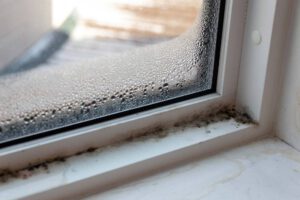
The first step of mold remediation is to remove the affected building materials. Among these are carpets, drywall, and insulation. These items must be cleaned and sanitized, and damaged materials need to be packaged. After cleaning, remediation professionals will disinfect and encapsulate surfaces. You may also need to dispose of mold-contaminated materials. If you are unable to do the work yourself, consider hiring Mold Remediation.
The company has been in business for over 30 years and dispatches a team of specialists to assess the extent of the damage. The technicians are certified in water damage restoration and microbial analysis. They can remove mold completely and fully restore the property. It is also available for emergencies around the clock. Its technicians use state-of-the-art equipment to eradicate mold. They also offer 24-hour emergency service and provide other restoration services.
After a mold remediation team has completed its work, the homeowner should be able to tell if the work was successful. If there are no signs of recurring water damage or mold smell, then the mold remediation company has been successful. The homeowner can return to their home without experiencing any symptoms. This way, the remediation will be more efficient. It also helps to prevent future problems with the same mold. You can rest assured that your home will be safe and sanitary when it is done properly.
After mold remediation is complete, you should clean the moldy area. You can do this yourself by placing disposable wipes and a plastic bag of at least six mil thickness. The plastic bag can then be disposed of as regular trash. After cleaning, wipe the surfaces with a detergent solution and a damp cloth. Then, re-inspect the area. If you find any remaining mold, repeat the process until the area is completely free of mold.
In some cases, mold growth may appear as a harmless strain. Although a small fleck of mold can be cleaned up with bleach and vinegar, larger infestations require a professional to remove the problem. Attempting to remove mold yourself can trigger spores, and it could cross-contaminate areas you’ve cleaned. To prevent this from happening, seek professional help for mold remediation. If you don’t want to hire a professional, use the above tips to clean the area.
The average cost of mold remediation depends on the size of the area and the extent of the infestation. Depending on the scope of the infestation, it could cost anywhere from $10 to $25 per square foot. This can vary greatly depending on the extent of the mold damage in your home. Once you’ve determined the extent of the problem, you’ll need to find an affordable way to remediate the area. In addition to cleaning the mold in your home, you should also consider the amount of time it will take and how much time it will take.
Some people may consider DIY mold remediation. If you’re handy and have an afternoon on the weekend to spare, you can easily fix minor infestations by using bleach and water. Moreover, you can ask your landlord to check the property and repair any water damage. The city’s code enforcement officials or building department can also help you with the mold remediation process. When you’re not sure if the issue is widespread, you can always contact a mold remediation specialist for a proper assessment.
Professional mold remediation companies will use air scrubbers and other protective gear to get rid of the mold and restore the environment to safe breathing conditions. Besides that, they will also make sure to use protective gear and protective equipment. Ultimately, mold remediation is a cost-effective solution to a variety of allergies and health issues. It’s worth the money to get your home back in top condition. And mold remediation is one of the best ways to get rid of this problem once and for all.

